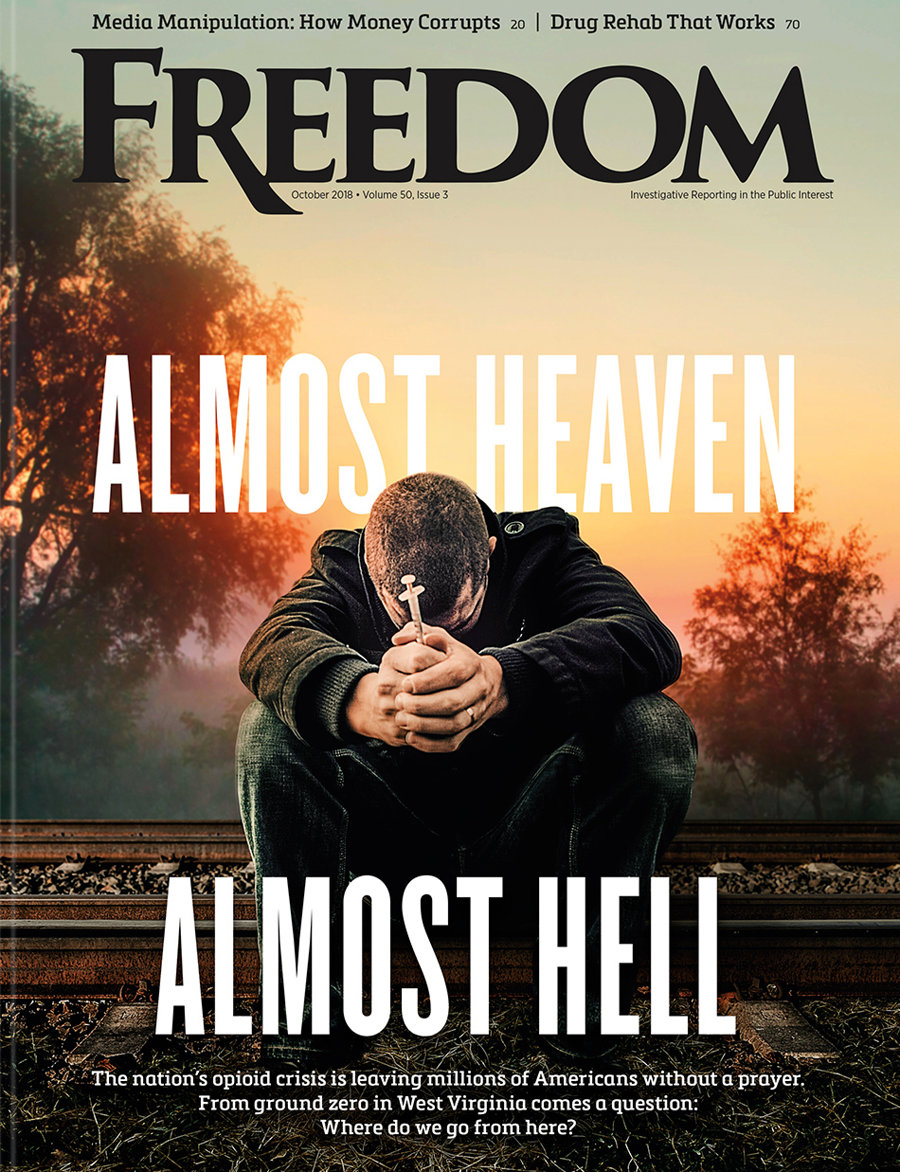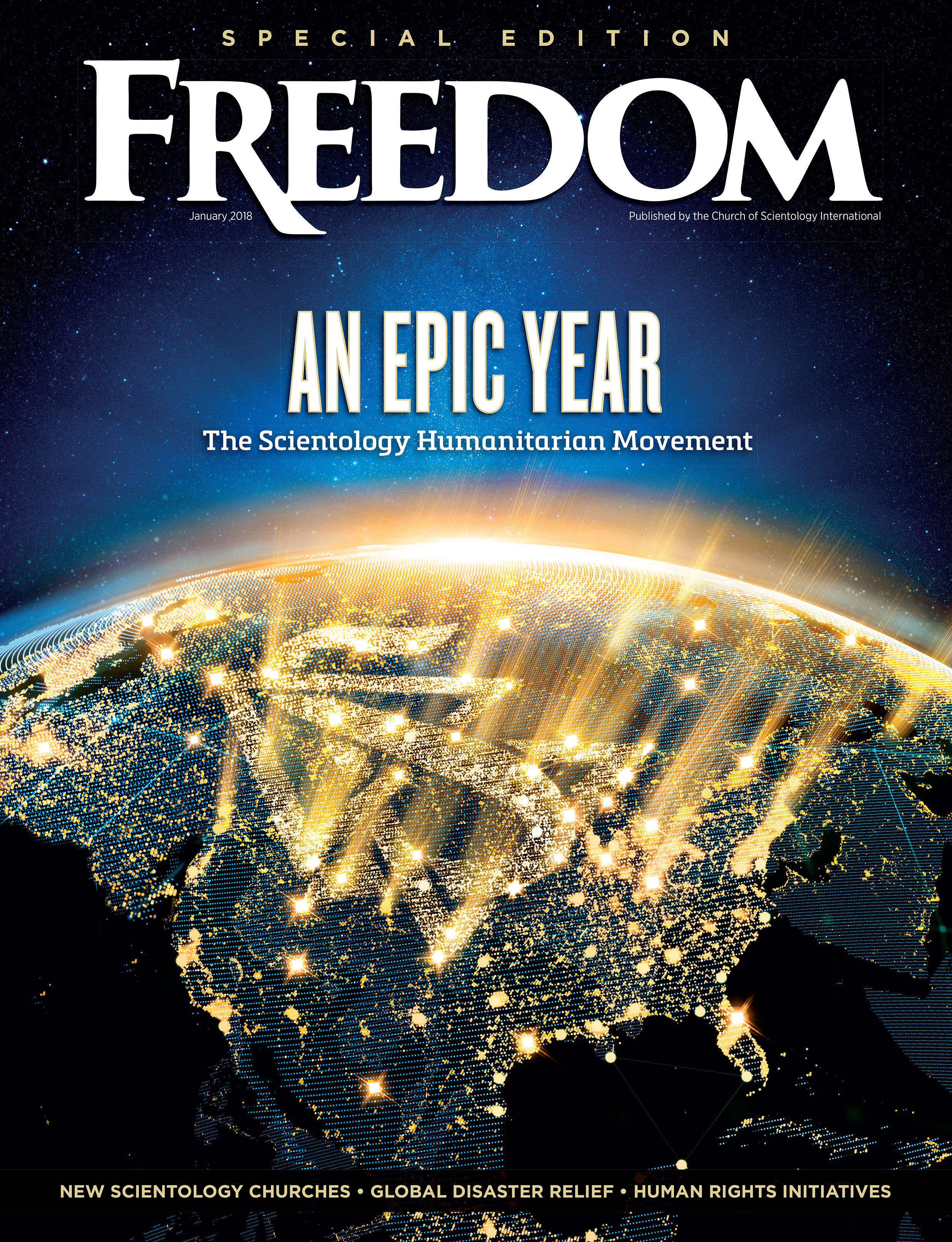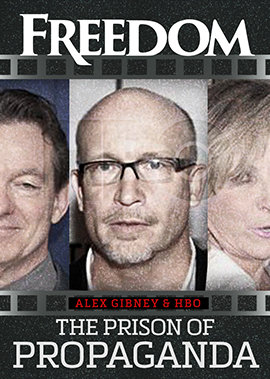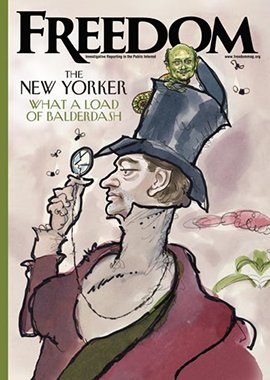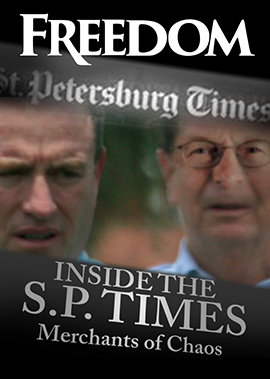Friedman was taken with the story and asked longtime friend and documentarian Ward Serrill to write and direct a film. Serrill and Friedman set out to make The Bowmakers. The feature-length documentary recently aired on the Scientology Network. It explores the world of the bow, starting from the wood farmers of Brazil and growing through the history of the bowmakers and players who rely on them.
The craftsmen who make bows, called archetiers, or simply bowmakers, are rare. They describe bows as both an artistic rendition and a tool. Many players consider the bow an extension of themselves, likening one to a sword or their own breath.
Bows span the musical gamut in application: the London Symphony Orchestra with 54 musicians with bows; progressive rock group Kansas, where a bowed instrument from the Renaissance is paired with 20th-century electric instruments; the modern classical Kronos Quartet, with no player without a bow in their 50-year history; and Lindsey Stirling, who melds classical violin with modern electronic dance music.

James Island, a luthier (maker of string instruments), explains the components and construction of a violin bow.
The diversity of usage across widely differing genres is due in part to the modern instrument’s versatility. The development of the bow up to the point that this was possible took generations to accomplish. Major advancements in the bow came when Giovanni Battista Viotti, an 18th-century Italian violinist living in Paris, hired the French archetier François Xavier Tourte to devise a better bow.
Tourte’s innovation was to use wood of the pau-brasil tree that had previously only been used for its red pigment to dye clothes. The wood is still revered as the gold standard for bows. He also pioneered the use of straight wood that he heated and curved to precise specifications instead of using already curved wood.
Legend has it that when Viotti tried the new bow for the first time he exclaimed: “Le violon ç’est l’archet”—“the bow is the violin.” In testament to the enduring value of his work, a Tourte original bow sold in 2015 for $288,960, the highest bow sale of all time.

Members of the Miró Quartet explain how the design of a bow can regulate the style of a musician.
The art and business of bow-making continued steadily after Tourte’s time until the World Wars when many of the artisans were lost. The French government stepped in to keep the craft alive by establishing a workshop to train new bowmakers. In 1970, a violin workshop was established in Mirecourt in northeast France by Étienne Vatelot. The workshop for bowmakers was opened the following year under master bowmaker Bernard Ouchard where he trained students in the French tradition. Today, virtually anyone using the French technique traces back to Ouchard’s workshop.
Stéphane Thomachot, a master bowmaker in France, considered by many as the leading French bowmaker, is one of the handful of Ouchard’s students from the Mirecourt workshop. In addition to making bows, Thomachot also teaches students of the craft, including his daughter Joséphine Thomachot who is now taking on apprentices of her own.
So how did Port Townsend, Washington, become the bow-making epicenter of the world? American bowmaker Charles Espey, now the preeminent bowmaker of his generation, started his training in Seattle before moving to France to study under one of Ouchard’s students from the Mirecourt workshop. Espey later settled in Port Townsend and trained the next generation of bow-making superstars: Noel Burke, Robert Morrow, Ole Kanestrom and Cody Kowalski.
New synthetic materials like carbon fiber are entering
into the bow industry which offers inexpensive competitors to the classical
traditions of bow making. Yet the tradition remains strong, bowmakers skilled
in classical craftsmanship are passionate and are carving out the next chapter
in the history of the bow.






